Maintaining proper feeding schedules for aquatic pets is one of the most crucial aspects of responsible ownership. Unlike terrestrial pets that might vocalize their hunger or remind you when it’s mealtime, fish and other aquatic creatures rely completely on your consistency and knowledge. Overfeeding can quickly pollute their environment, while underfeeding can lead to malnutrition and weakened immune systems.
This delicate balance varies significantly across species, life stages, and tank setups. Whether you’re a novice aquarist or a seasoned enthusiast, understanding the optimal feeding frequency for your underwater companions will not only enhance their health and lifespan but also create a more vibrant and thriving aquatic ecosystem in your home.
Understanding Fish Digestive Systems
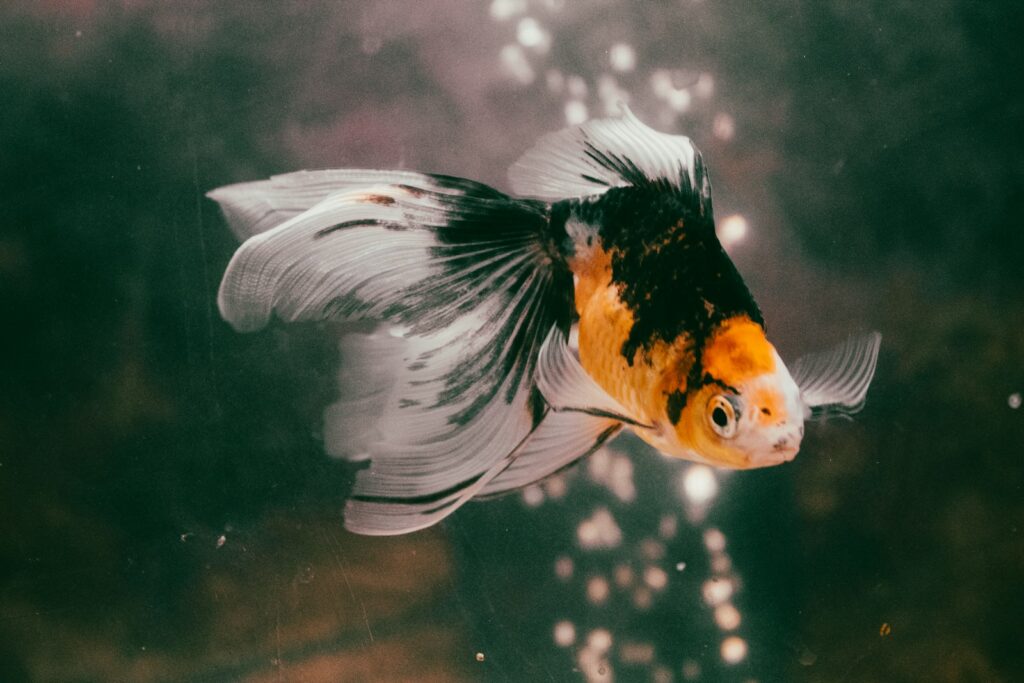
Unlike mammals with their complex digestive tracts, most fish possess relatively simple digestive systems that process food differently. Many species have evolved in environments where food availability is inconsistent, allowing them to go several days without eating in natural settings. This evolutionary adaptation means their bodies aren’t designed to process multiple large meals daily, which is often how inexperienced aquarists tend to feed them.
Fish stomachs are generally proportional to their body size, meaning smaller species can only consume tiny amounts at once. Overloading these digestive systems can lead to bloating, constipation, and in severe cases, potentially fatal conditions like swim bladder disorders that affect buoyancy control.
The Dangers of Overfeeding
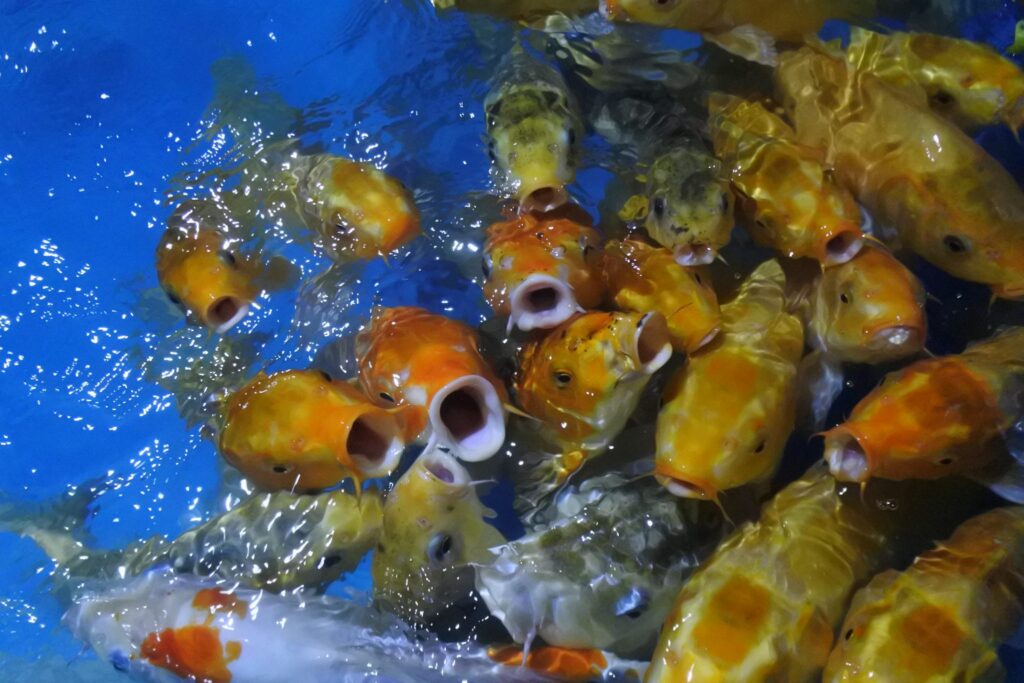
Overfeeding is perhaps the most common mistake in aquarium keeping and carries serious consequences for both the fish and their environment. Uneaten food quickly breaks down in water, releasing ammonia and other harmful compounds that can trigger dangerous spikes in water parameters. This organic waste becomes a breeding ground for harmful bacteria and can fuel aggressive algae blooms that compete with your fish for oxygen. Additionally, fish that consistently consume too much food often develop fatty liver disease, obesity, and compromised immune systems, making them susceptible to infections. The combination of these factors creates a cascade effect, where poor water quality further stresses already compromised fish, potentially leading to widespread health issues throughout the tank.
Signs of Hunger vs. Opportunistic Feeding
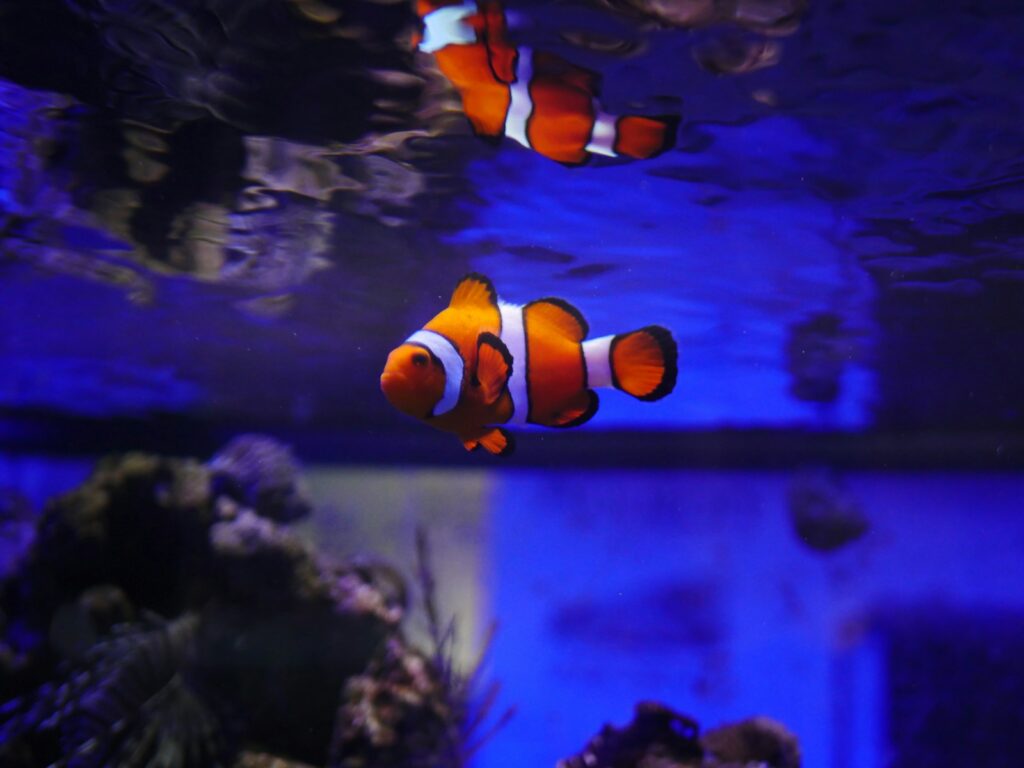
Many aquarists mistakenly interpret their fish’s excited behavior at feeding time as an indication of extreme hunger, when it’s actually natural opportunistic feeding behavior. Fish in the wild never know when their next meal will come, so they’ve evolved to take advantage of food whenever it appears, even if they’re not truly hungry. This instinctual response often leads well-meaning owners to overfeed, believing their pets are constantly hungry.
True signs of hunger include aggressive behavior toward tank mates, excessive substrate sifting, visible weight loss, or fin nipping. These indicators differ significantly from the normal “begging” behavior that many fish display whenever a human approaches the tank, which is simply conditioned anticipation rather than genuine need.
Feeding Schedules for Tropical Fish
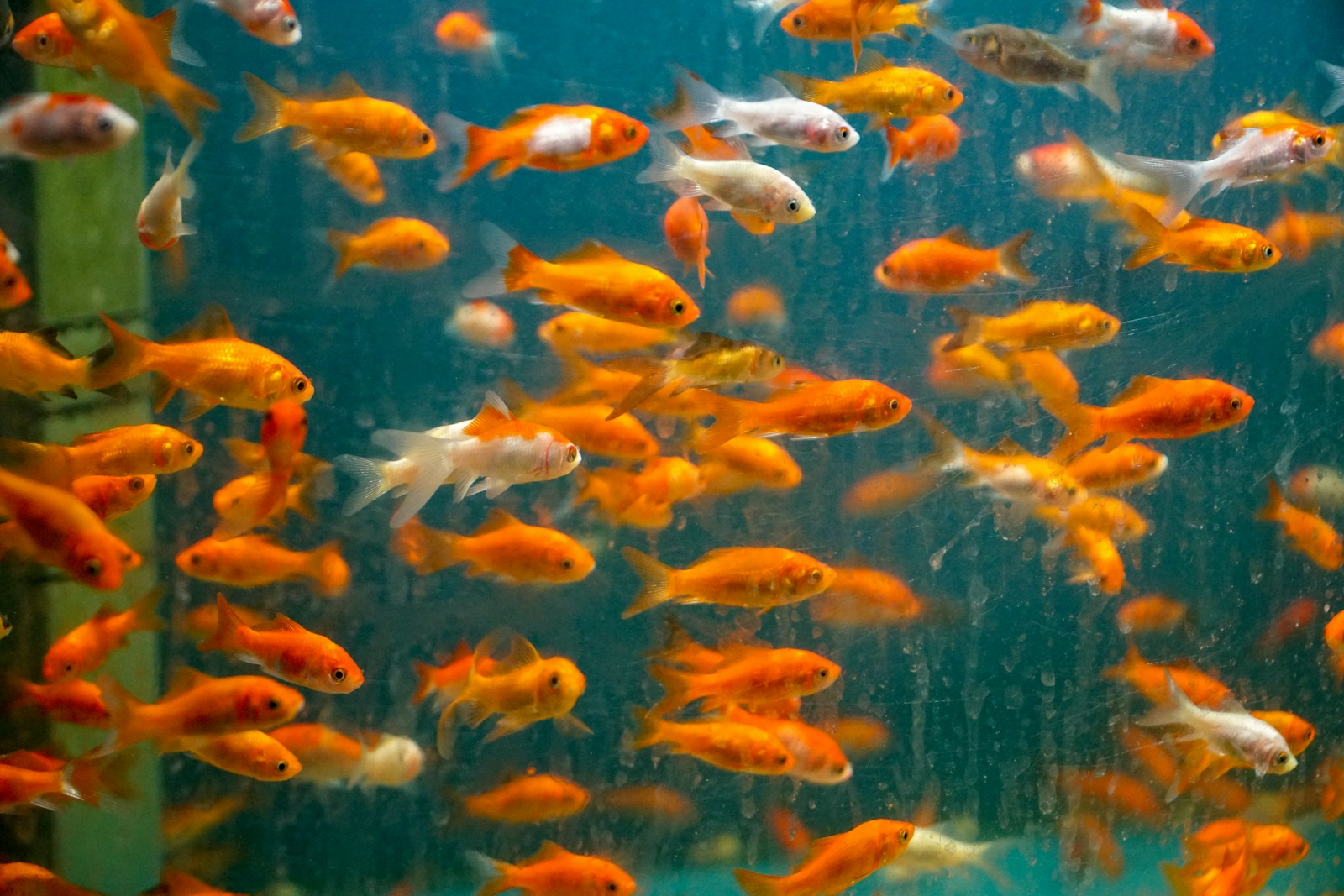
Most adult tropical community fish thrive on a once-daily feeding schedule, with some species benefiting from small twice-daily meals instead. Species like tetras, barbs, danios, and gouramis generally do well with a single feeding that they can consume completely within 2-3 minutes. For more active species with higher metabolisms, such as rainbow fish or certain cichlids, dividing their daily portion into two smaller feedings spaced 8-12 hours apart can better support their energy requirements.
Young, growing tropical fish require more frequent feeding—typically 2-3 small meals daily—to support their rapid development without overloading their systems. When establishing a feeding routine, consistency in timing helps regulate your fish’s digestive cycles and reduces stress, as they’ll learn when to expect food.
Goldfish and Coldwater Species Requirements
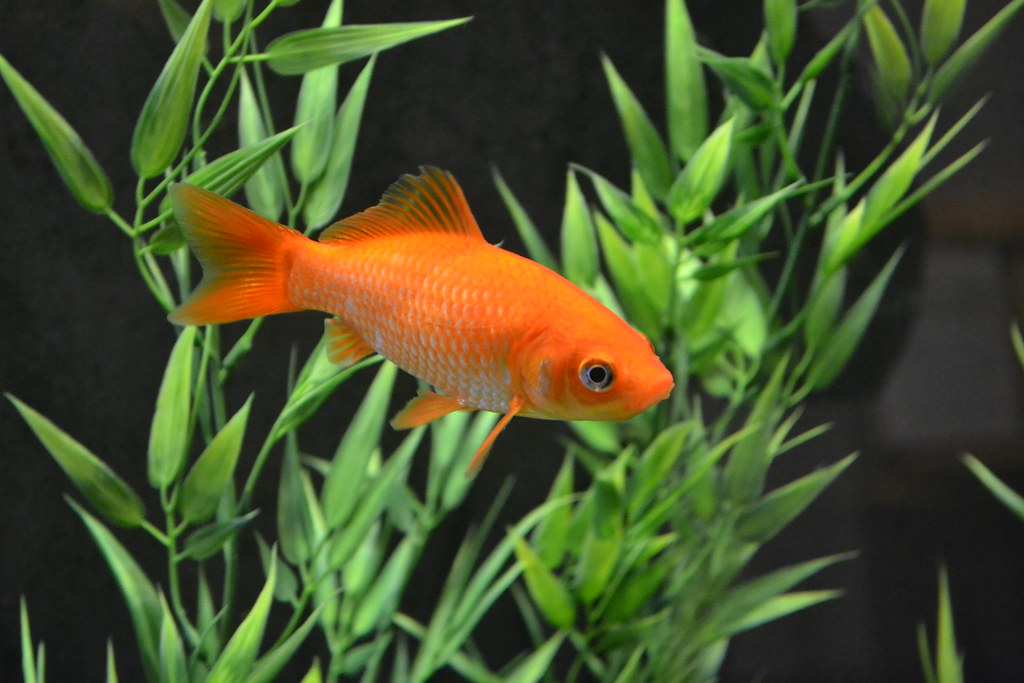
Despite popular misconceptions, goldfish and other coldwater species actually require less frequent feeding than many tropical varieties due to their slower metabolism. Their digestive systems process food more slowly, particularly in cooler water temperatures, making them especially prone to issues from overfeeding. For adult fancy goldfish varieties, feeding once daily or even once every other day with a high-quality, specifically formulated goldfish food is typically sufficient.
Common goldfish and other pond varieties can thrive with just 3-4 feedings per week, especially during cooler seasons when their metabolism further slows. Temperature plays a significant role in their digestive efficiency, so feeding amounts should be reduced as water temperatures drop below 60°F (15°C), and in very cold conditions below 50°F (10°C), feeding may be suspended entirely as the fish enter a state of reduced activity.
Feeding Practices for Predatory Fish
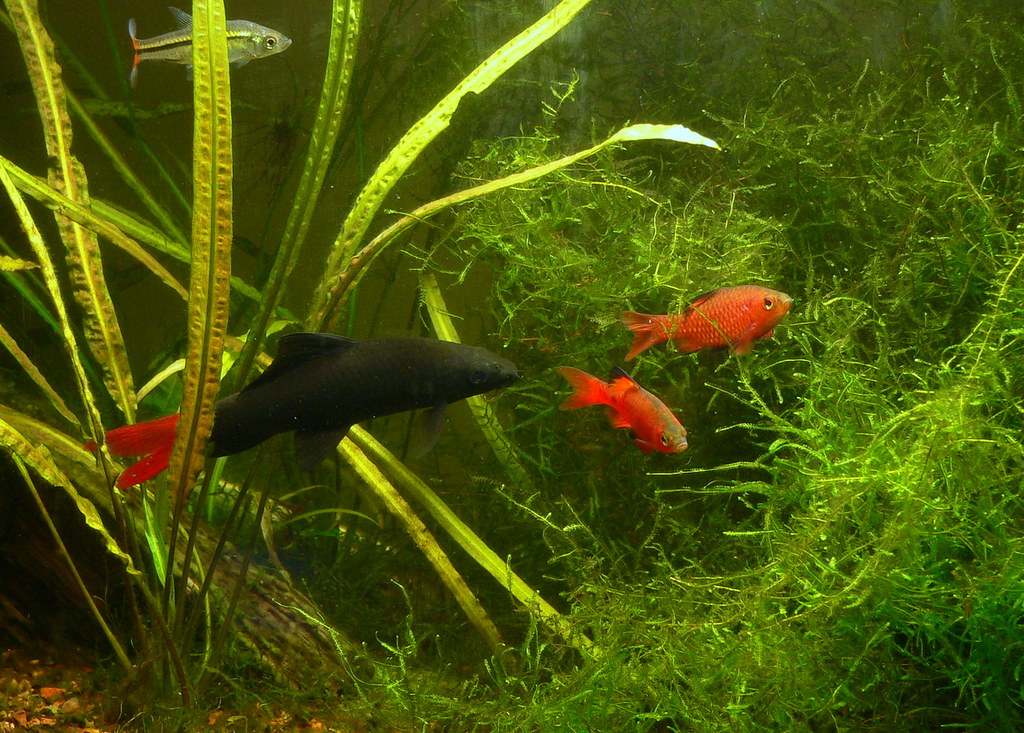
Predatory species such as oscars, arowana, certain cichlids, and freshwater puffers have feeding requirements that differ dramatically from community fish. These carnivorous hunters have evolved to consume larger, protein-rich meals less frequently, mirroring their natural feeding patterns of occasional successful hunts. For most adult predatory fish, feeding every 2-3 days with appropriate-sized whole foods like small fish, shrimp, or worms more closely resembles their natural diet.
Juvenile predators grow rapidly and require more frequent feeding—typically daily—but with portions carefully controlled to prevent obesity and water quality issues. These species often benefit from fasting days that allow their digestive systems to fully process food and prevent the accumulation of fat deposits around internal organs.
Bottom Feeders and Scavengers
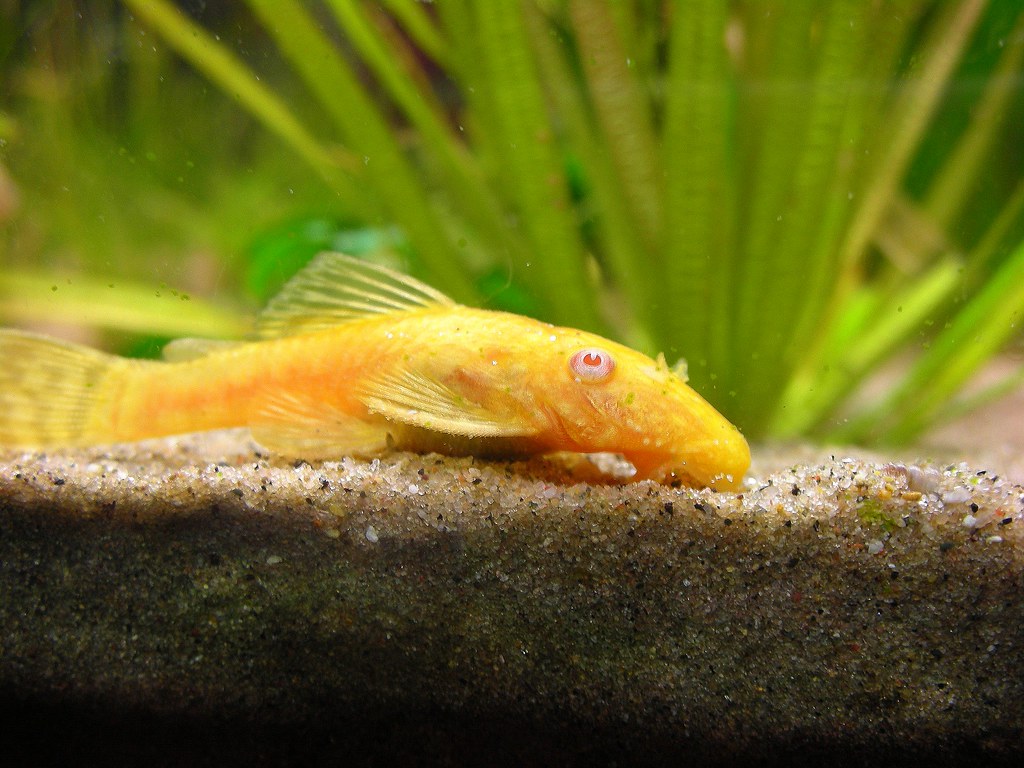
Species that naturally feed from the bottom, such as catfish, loaches, and certain plecos, have specialized feeding requirements that shouldn’t be overlooked. While they may consume some leftover food from other fish, relying solely on this method typically leads to malnutrition, as these scavengers require targeted feeding with sinking pellets, wafers, or tablets designed to reach the bottom before softening. Most bottom dwellers should receive dedicated feedings 3-4 times weekly, preferably in the evening when they’re most active and other fish are less likely to compete for their food.
Species like Corydoras catfish benefit from small, frequent meals of sinking foods, while larger wood-eating plecos require constant access to driftwood supplemented with occasional vegetable matter and protein. Remember that despite their reputation as “clean-up crew,” these fish produce waste just like any other species and shouldn’t be overstocked as a solution to tank maintenance.
Marine Fish Feeding Frequency
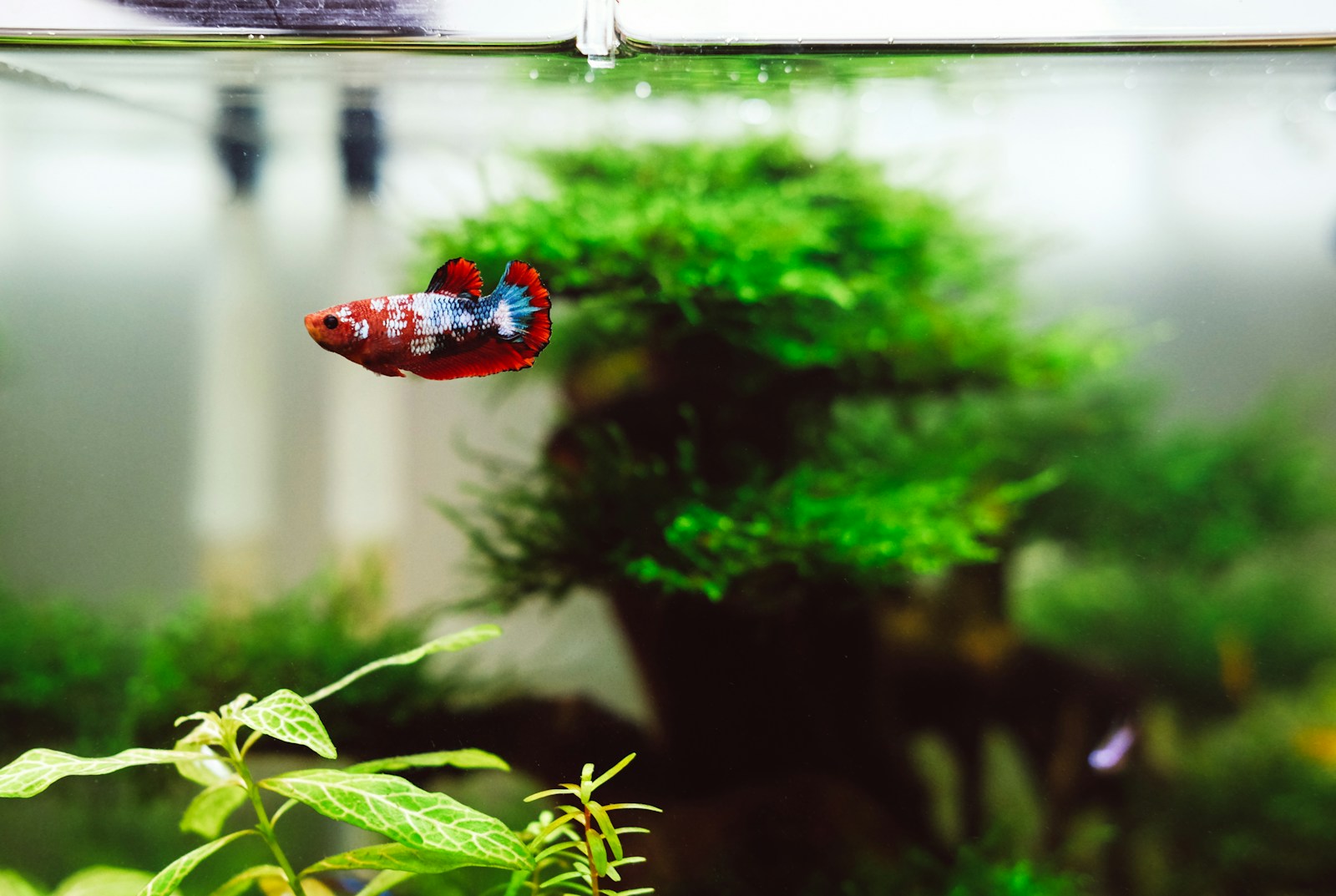
Saltwater fish generally benefit from more frequent, smaller feedings compared to most freshwater species due to their typically higher metabolic rates and the nutrient-poor environments many reef-dwelling species have evolved in. Most marine fish thrive with 2-3 small daily feedings that can be consumed within 30-60 seconds each, which better mimics the constant but modest foraging they would perform in natural reef settings.
Species-specific considerations are particularly important in marine setups: herbivores like tangs need constant access to marine algae or seaweed in addition to prepared foods, while predatory species like lionfish might only require feeding every 2-3 days. Reef tanks with mixed communities present challenges, as overfeeding to satisfy certain species can quickly lead to dangerous nitrate accumulation and phosphate levels that harm sensitive corals.
Special Considerations for Invertebrates
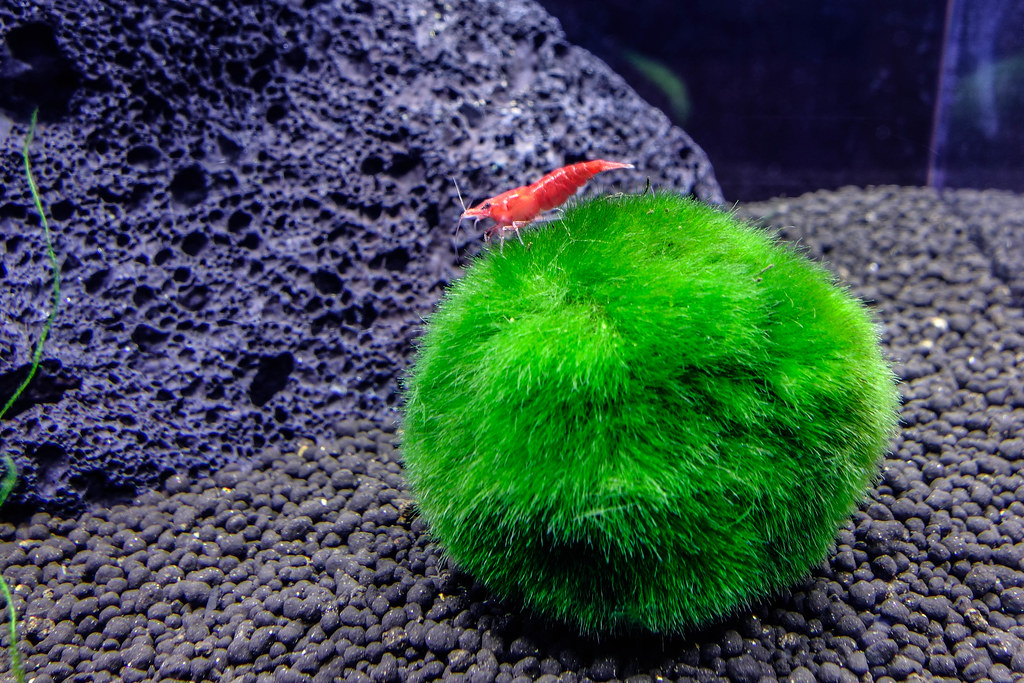
Aquatic invertebrates such as shrimp, snails, and crabs have distinct feeding requirements that differ from fish. Freshwater shrimp like Cherry or Amano varieties benefit from small, daily feedings of specialized shrimp foods, blanched vegetables, or biofilm enhancers that support their grazing habits. Most aquarium snails continuously forage on algae and detritus, requiring minimal supplemental feeding—perhaps once or twice weekly with small amounts of algae wafers or blanched vegetables.
Marine invertebrates show even greater diversity in feeding needs: filter feeders like fan worms require multiple daily additions of liquid phytoplankton, while cleaner shrimp might scavenge effectively but still benefit from targeted feeding every other day. Careful observation of invertebrate behavior is essential, as these creatures can’t swim to feeding areas like fish and may starve if food doesn’t reach their particular territory or feeding zone.
Adjusting Feeding for Life Stages
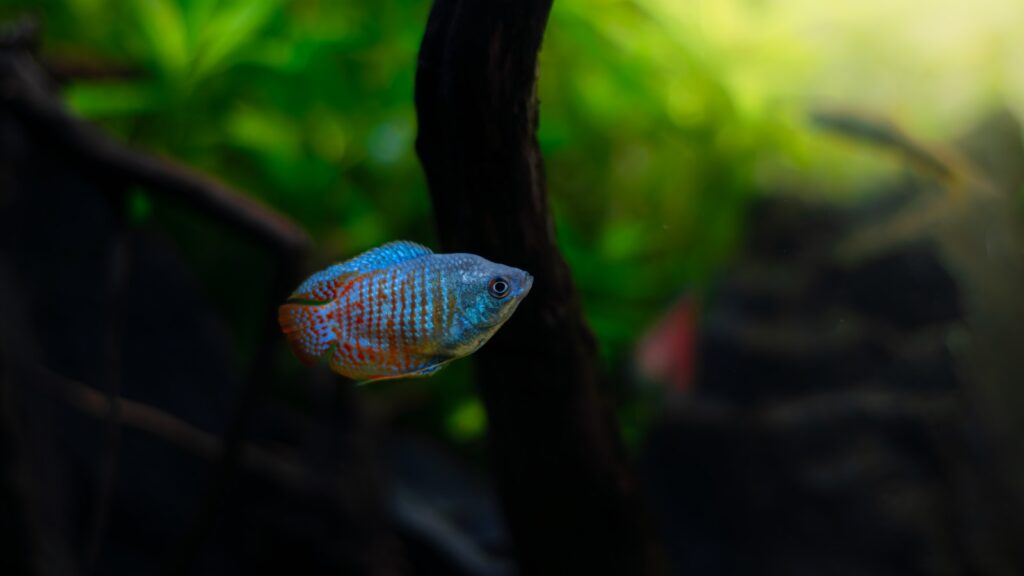
The age and developmental stage of your aquatic pets significantly influence their nutritional requirements and optimal feeding frequency. Fry and juvenile fish have higher metabolic rates relative to their body size and require multiple small feedings—typically 3-5 times daily—to support rapid growth without causing digestive issues. As fish mature into adults, this frequency should gradually decrease to the standard adult feeding schedule for their species, usually 1-2 times daily.
Breeding fish require increased feeding with high-quality, protein-rich foods to support egg production and the energy demands of spawning behaviors, often benefiting from an extra daily feeding in the weeks leading up to breeding. Senior fish generally have declining metabolic rates and reduced activity levels, sometimes necessitating a reduction to feeding every other day with easily digestible foods to prevent obesity and strain on aging organs.
Vacation Feeding Solutions
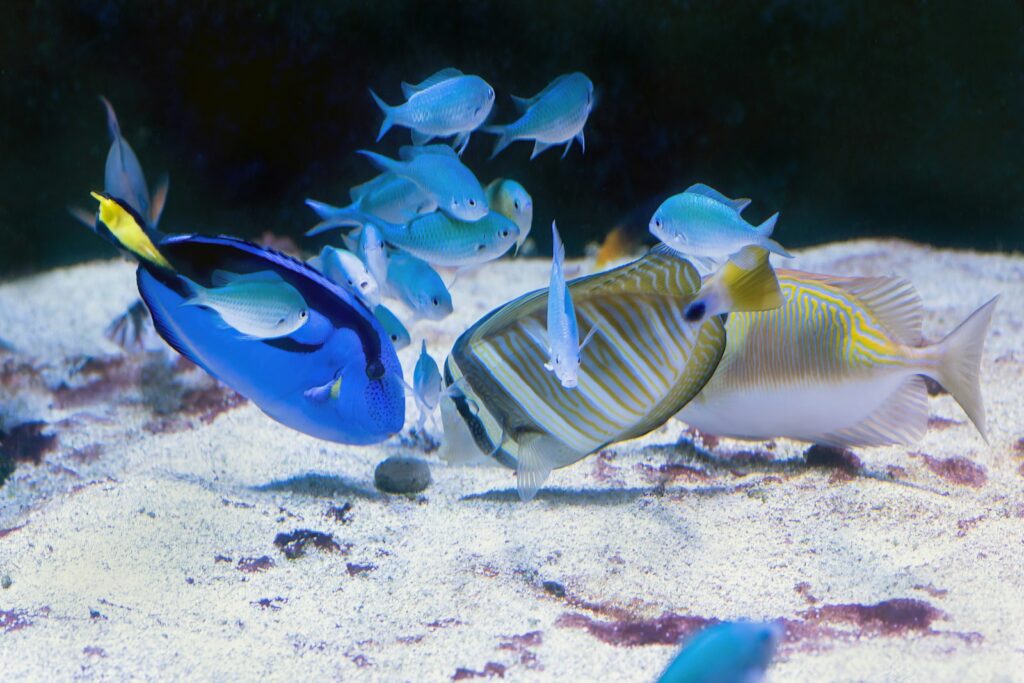
Planning for feeding during absences requires careful consideration beyond simply dropping in an automatic feeder or vacation feeding block. For short trips of 2-4 days, most healthy adult fish can safely go without feeding, as this actually mimics the occasional food scarcity they might experience in nature. For longer absences, automatic feeders can be reliable solutions if properly tested before departure, but they should be calibrated to dispense smaller amounts than regular feedings to account for the lack of human oversight.
Slow-release vacation feeding blocks and gels should be used with extreme caution, as they often dissolve too quickly and can severely pollute tank water. The most reliable option for extended absences is arranging for an experienced fish keeper to visit your aquarium every few days, providing not only feeding but also crucial water quality checks and system monitoring that automated solutions cannot offer.
Seasonal Feeding Adjustments
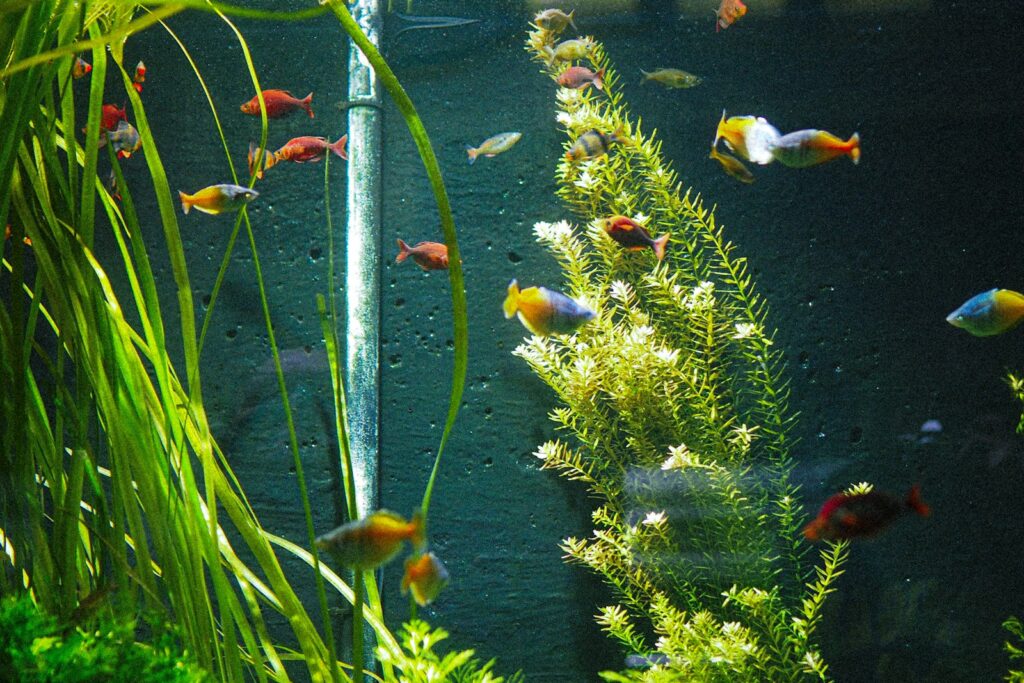
Water temperature significantly impacts metabolism in aquatic animals, making seasonal adjustments to feeding schedules an important consideration, particularly for tanks without stable temperature control. During warmer months when tank temperatures rise above normal, fish metabolism increases, potentially warranting a slight increase in food quantity while maintaining the same feeding frequency to support higher energy demands.
Conversely, in cooler periods when heaters struggle to maintain optimal temperatures, metabolism slows, requiring reduced feeding amounts or even decreased frequency to prevent digestive issues and water pollution from uneaten food. Pond fish demonstrate this principle most dramatically, with feeding requirements changing from multiple daily feedings in summer to complete cessation during winter dormancy periods. Indoor aquarists should monitor their heater performance during extreme weather and adjust feeding accordingly, even if the temperature shifts seem minor to human perception.
Creating an Optimal Feeding Routine
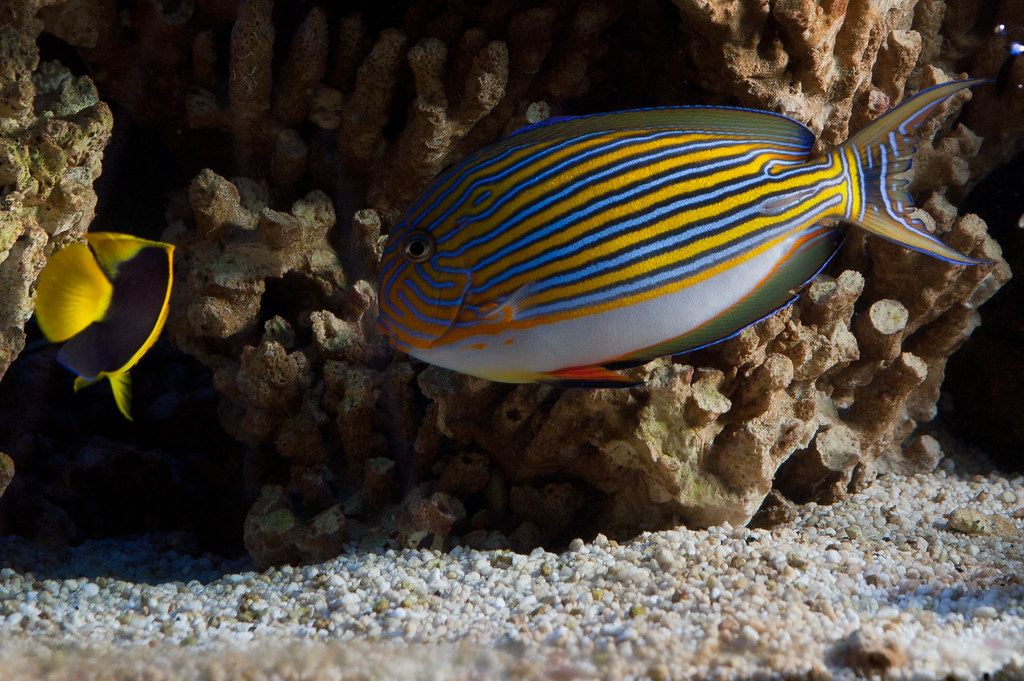
Establishing a systematic approach to feeding creates benefits beyond simply delivering nutrition to your aquatic pets. Begin by researching the specific dietary needs of each species in your tank, noting which are herbivores, omnivores, or carnivores, and which feed at different water column levels. Create a written feeding schedule that accounts for these varied needs, perhaps alternating between foods that target bottom-dwellers one day and mid-water feeders the next.
Implement a rotation of food types throughout the week—such as high-quality flakes, pellets, frozen foods, and occasional live offerings—to ensure nutritional diversity that supports immune function and vibrant coloration. Consider designating one day weekly as a “fasting” day for the entire system, which not only prevents overfeeding but also gives the biofilter a chance to process accumulated waste more effectively, resulting in more stable water parameters long-term.
Conclusion
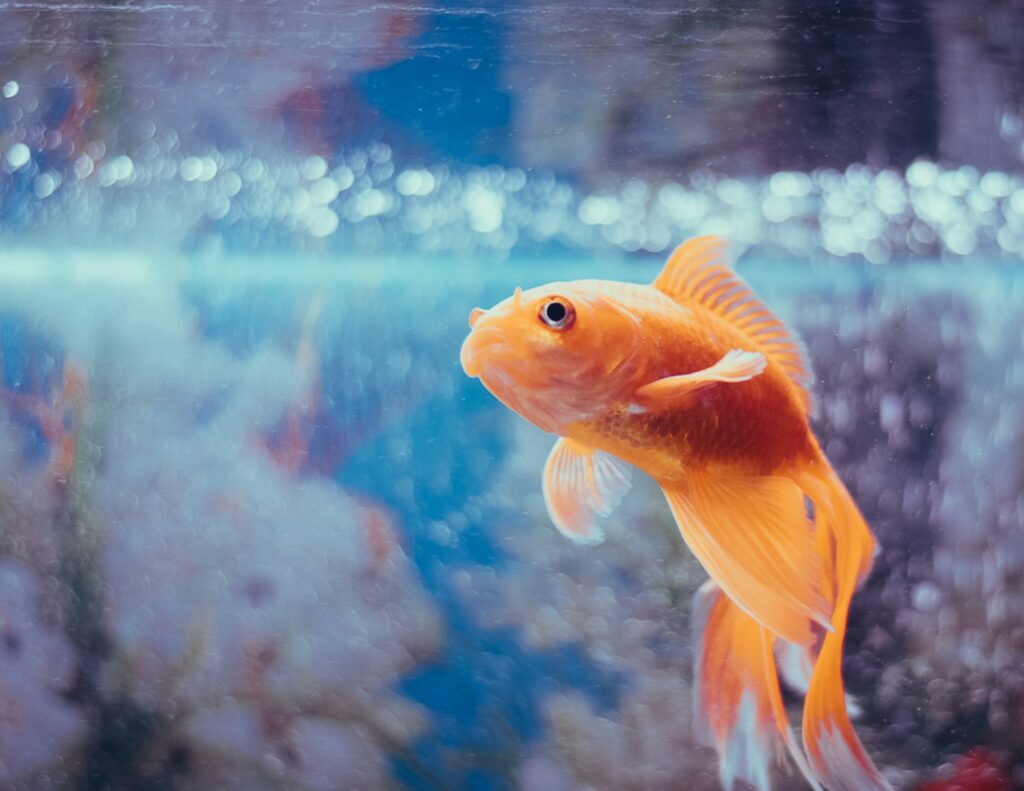
Finding the right feeding frequency for your aquatic pets requires balancing species-specific needs, tank conditions, and practical considerations. While general guidelines provide a starting point, the most successful approach involves careful observation of your particular animals, their behavior, and their environment. Most fish benefit from moderation—either once-daily feeding or feeding every other day—rather than the frequent meals many new aquarists mistakenly provide.
Remember that in nature, most aquatic species have evolved to thrive despite inconsistent food availability, making them remarkably resilient to occasional missed meals but vulnerable to the consequences of overfeeding. By establishing a thoughtful, consistent feeding routine tailored to your specific aquatic community, you’ll promote optimal health, vibrant colors, natural behaviors, and ultimately create a more balanced and thriving underwater ecosystem.

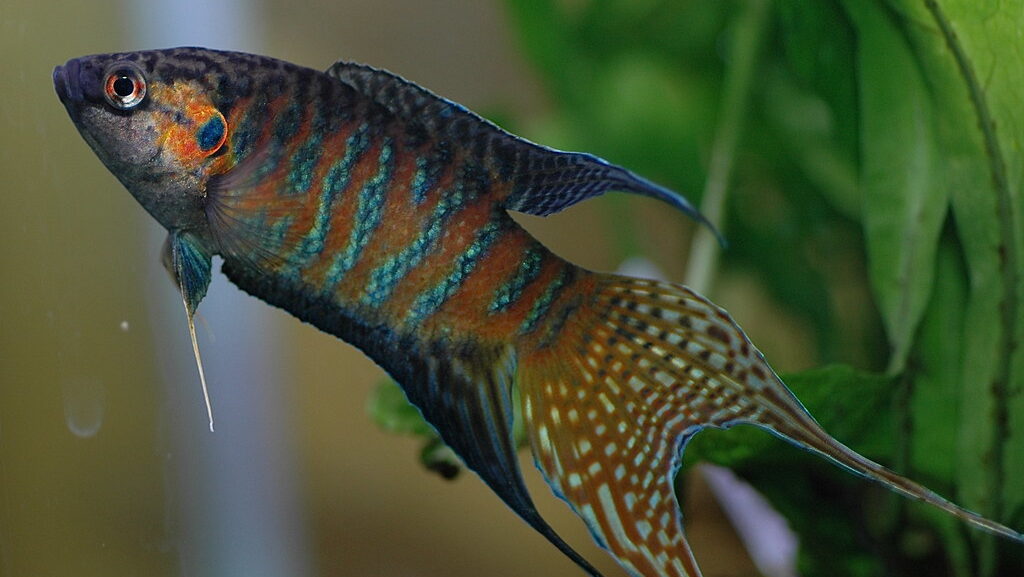
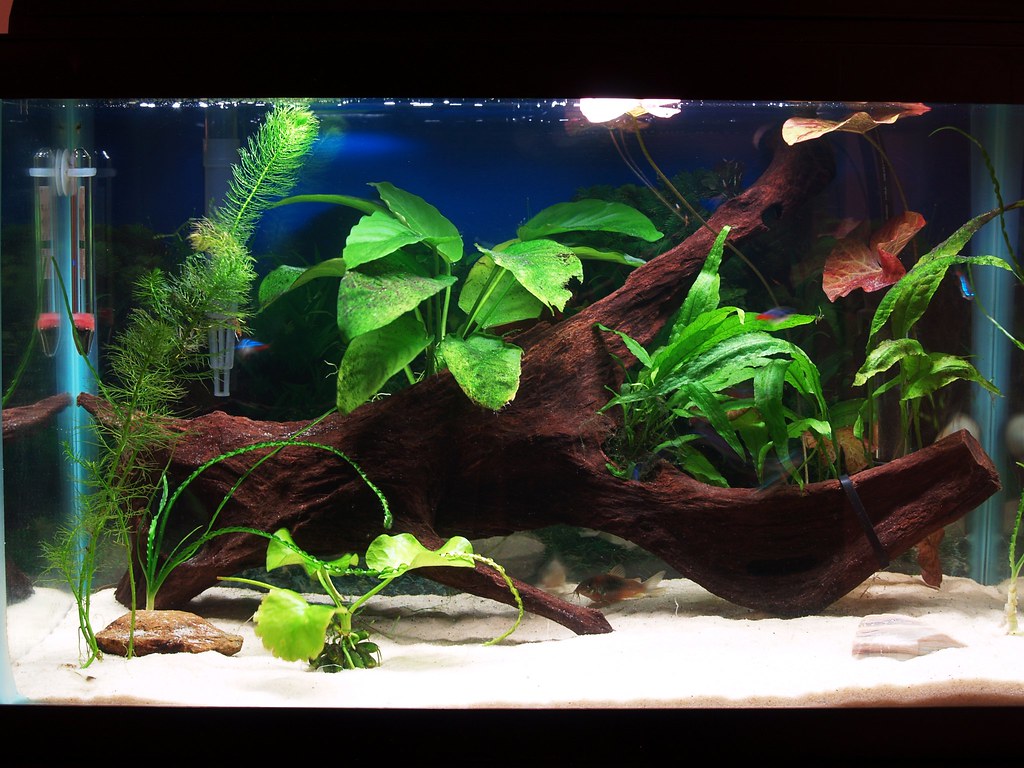

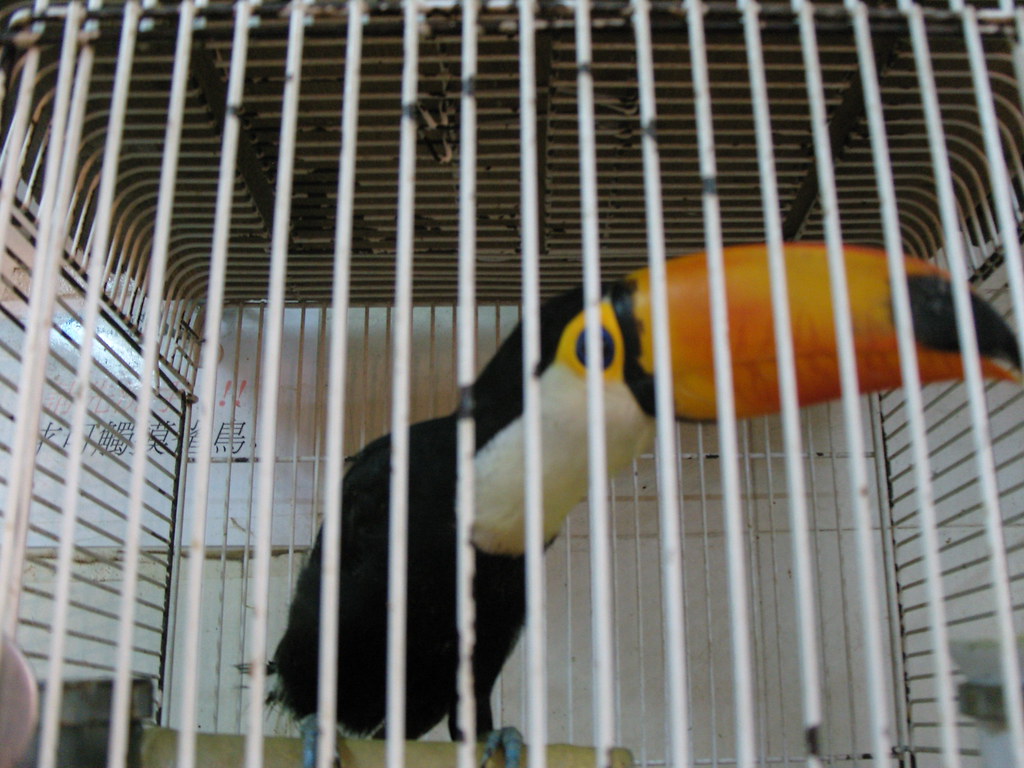
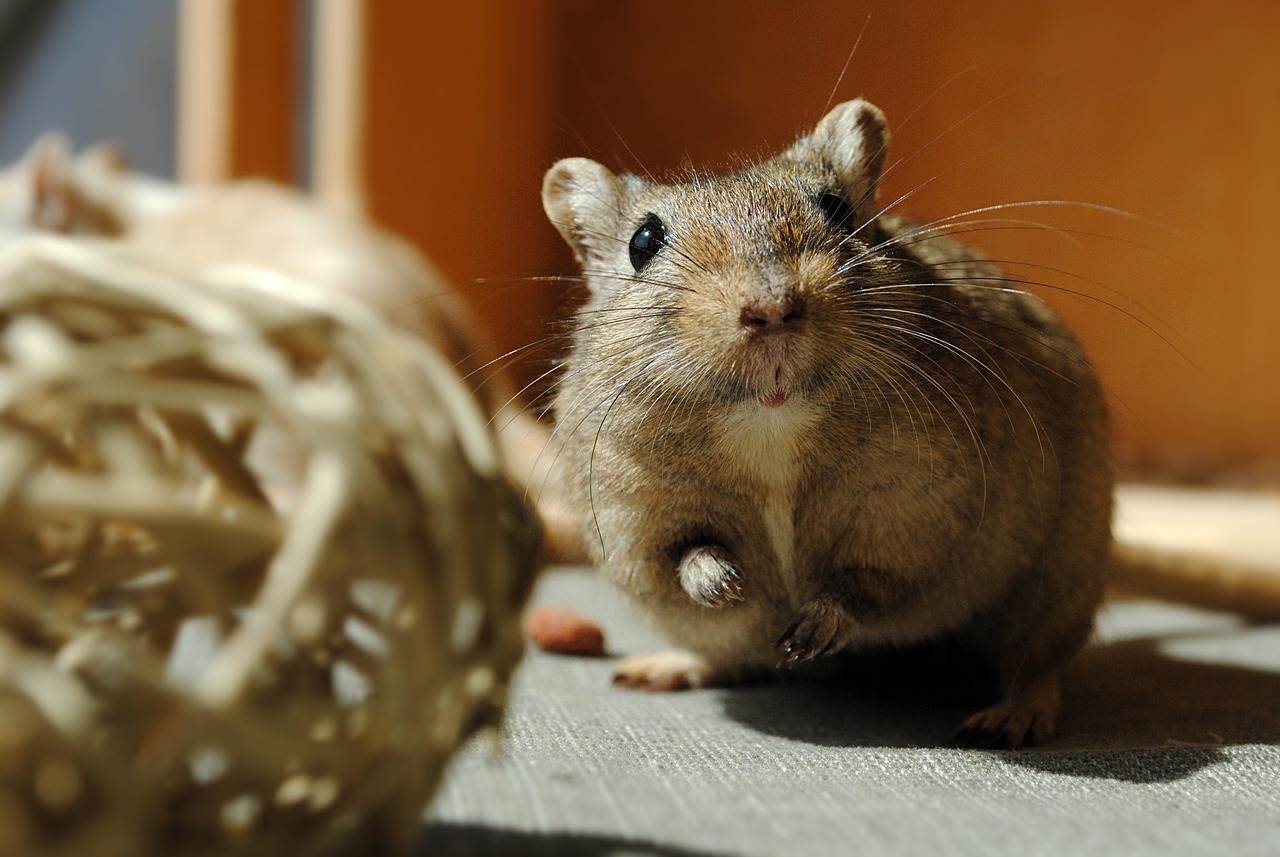
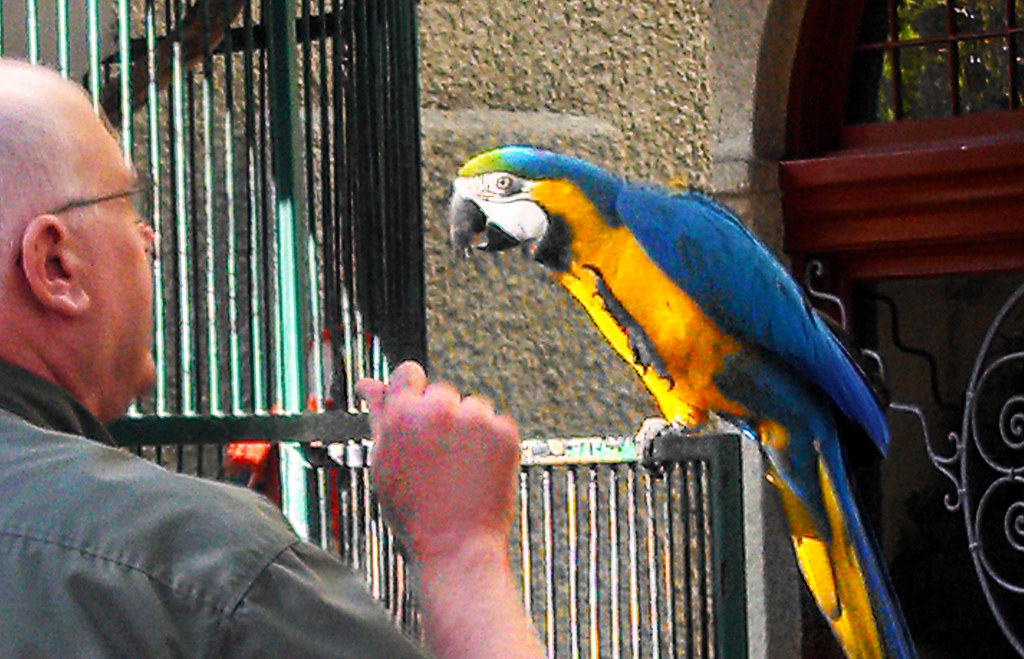
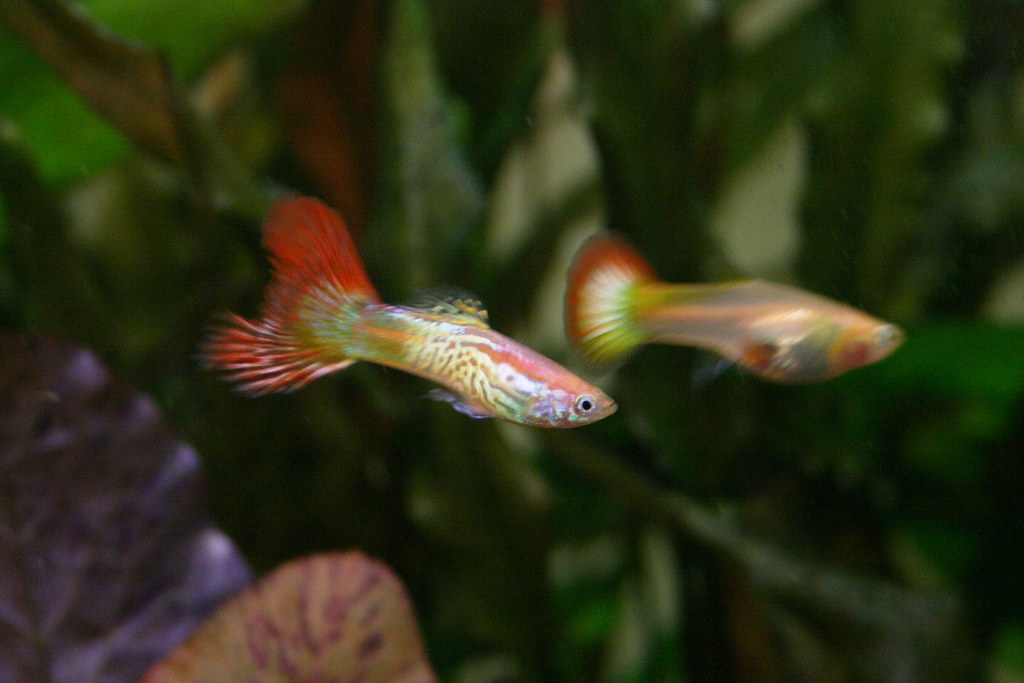

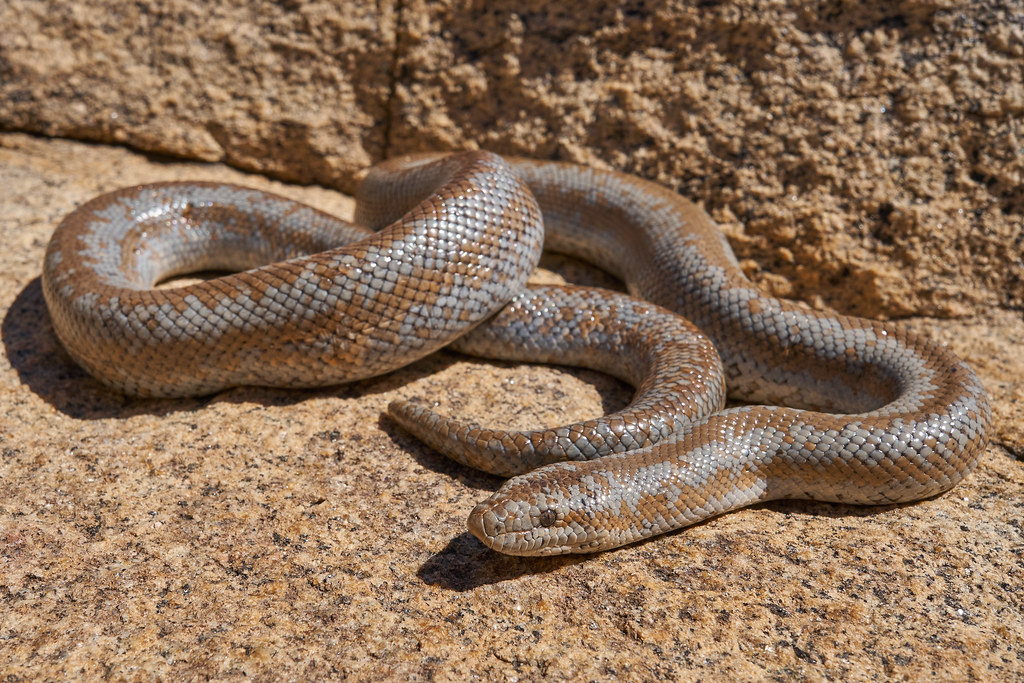
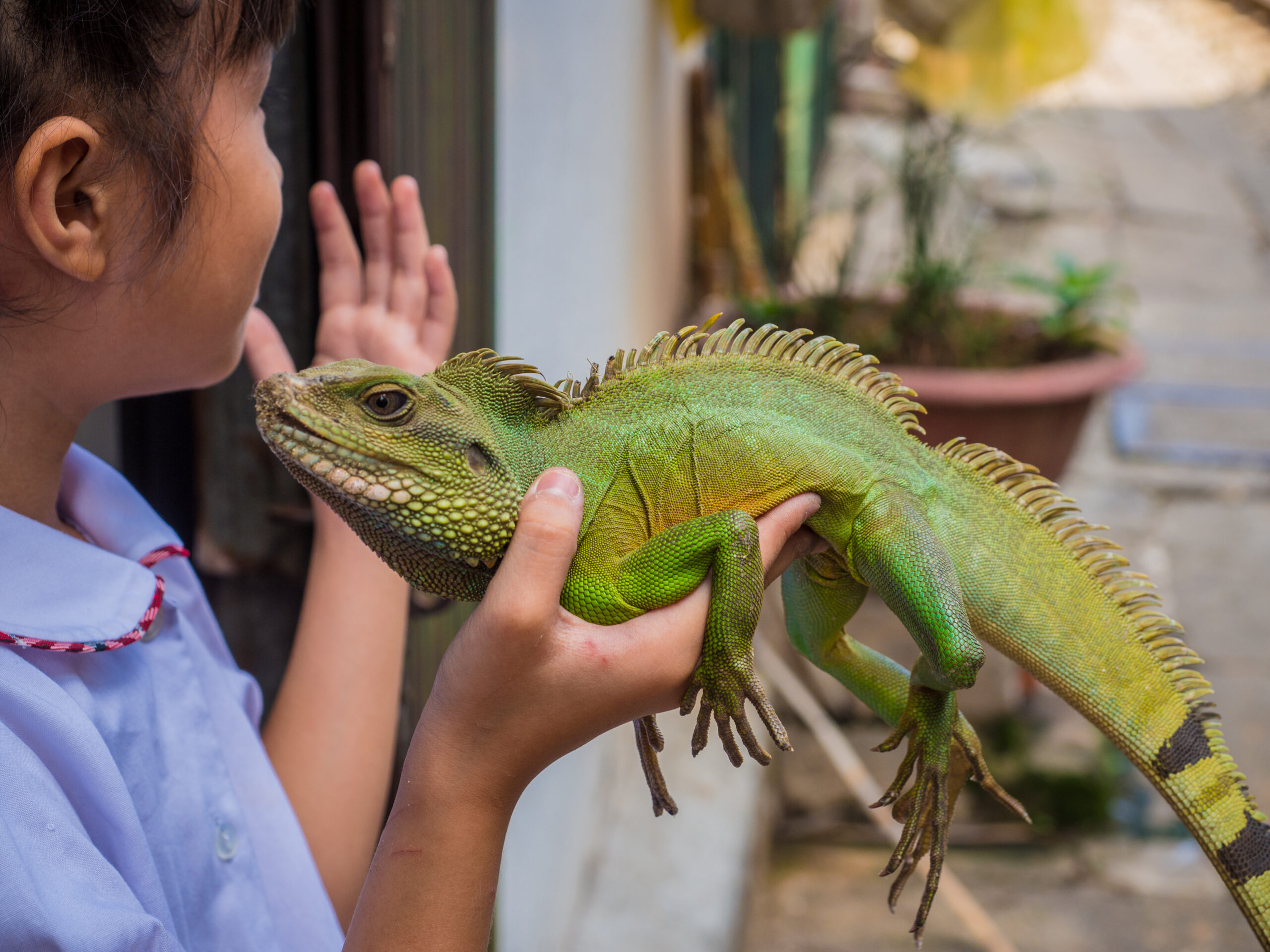





Leave a Reply